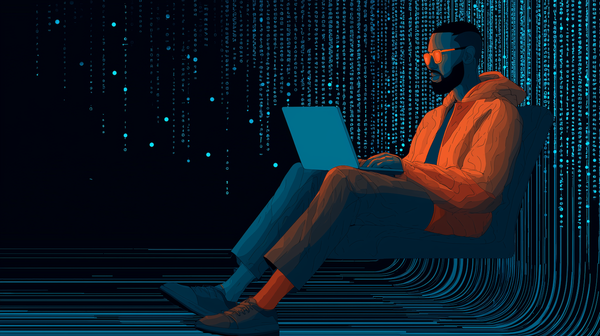Fighting information overload: FocusUI
No menus. No more "File", "Edit", "View", "Window" and "Help". Yep, you read that right. No overlapping and competing "spaces" called "windows". None.
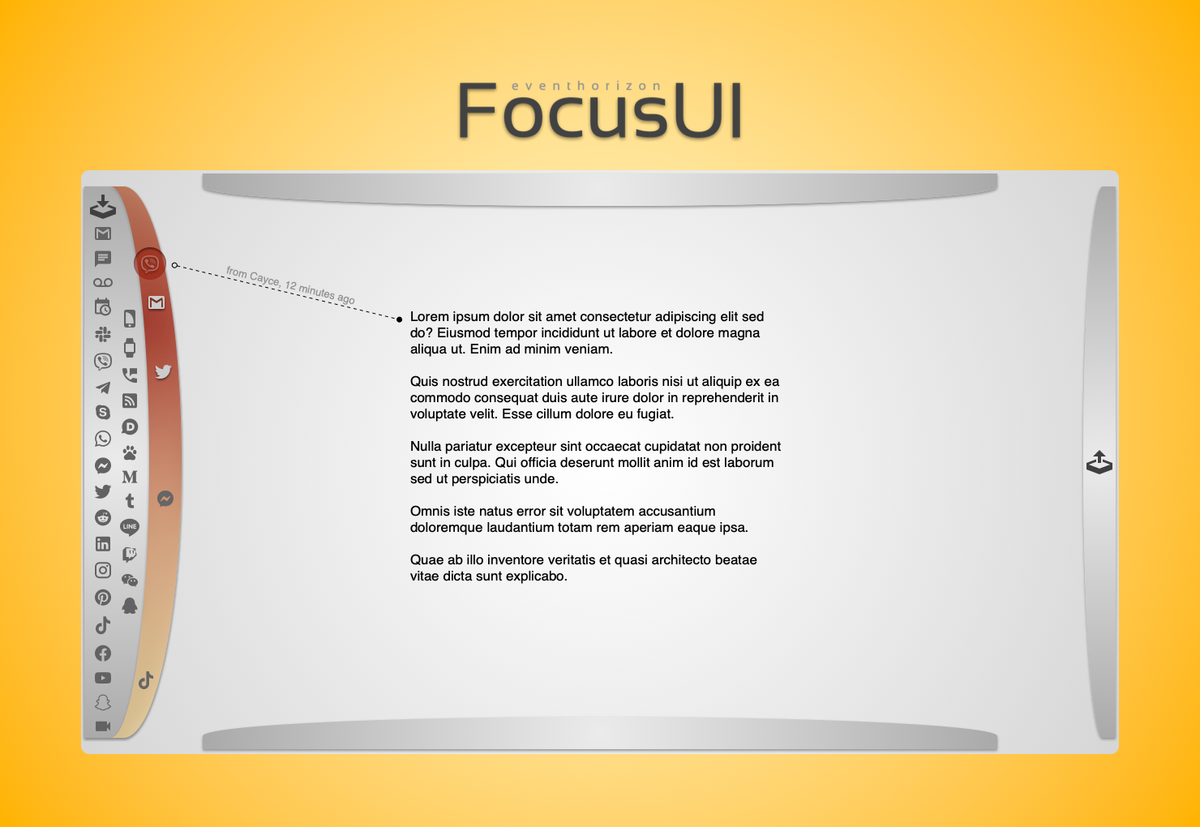
It's time to resurrect an old concept I've been playing with since the early 2000s.
The spark that made me bring this topic up again was a recent article by Jason Spielman on how he and his team designed the latest iteration of NotebookLM.
The "creation journey" is pretty similar to how I was thinking about it back then.
Though, my target area was different:
FocusUI offers a revolutionary way of coping with information overload while managing and creating digital content. A new kind of user interface focusing on the digital content creation process.
Eventually, we are getting there. With the arrival of touch interfaces the user interfaces have gone through some major shifts: removing ambiguity and complexity.
With the recent advancements of AI, we've got even closer: no need to tackle large amounts of information ourselves when we can now streamline and summarize the automaticallty.
But one piece is still missing: a blank canvas where all the cognitive work is done - cognitive work by humans.
With the recent evolution of NotebookLM a pattern emerged:
The concept of this 3 panel view, where on the left hand side you've got all the INPUTs, on the right hand side you've got all the OUTPUTs, and in the middle you've got the space to create.
Just like in FocusUI:
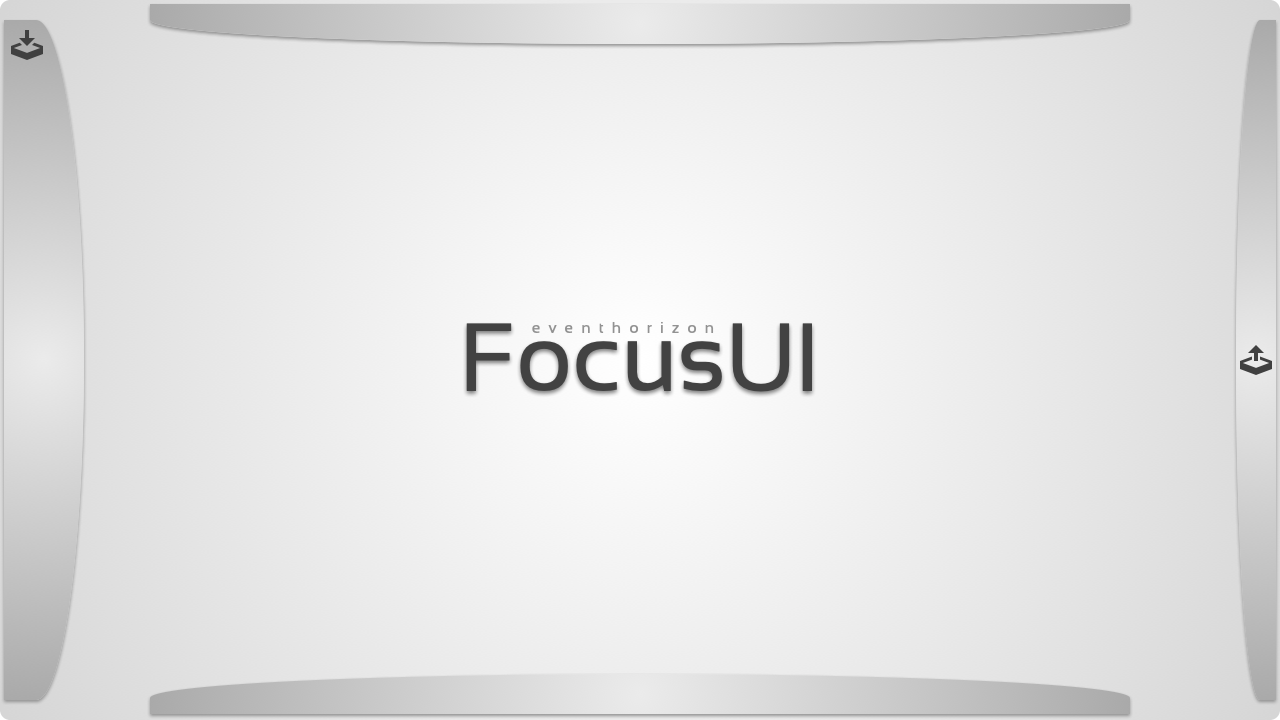
Back then, I called it "incoming" and "outgoing" sections.
NOTE: I'm uncertain about other cultures, for example RTL (right-to-left) languages. For them, the natural flow may NOT be from left to right, possibly the opposite?
Then I was thinking about all of the input sources one might have: all the emails, social media streams, Slack messages, everything. That's all "incoming":
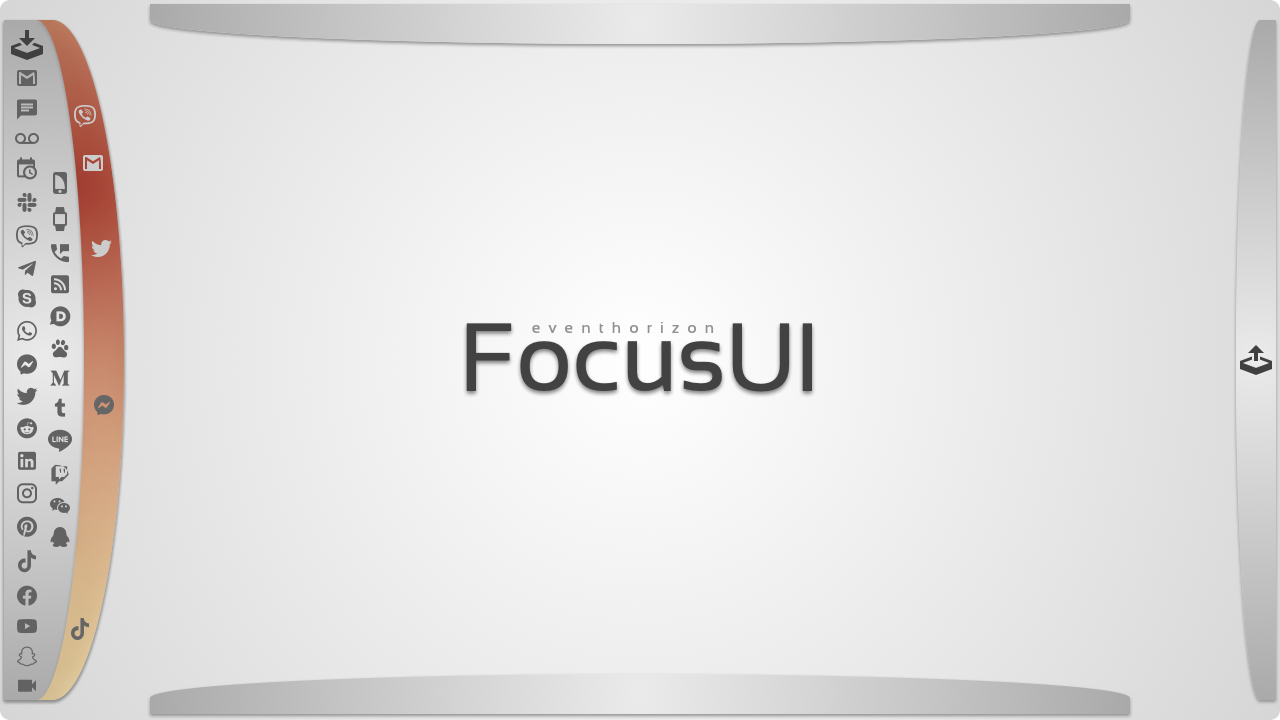
At this point in time YOU - sitting in front of the UI - don't know anything about the content of the incoming streams.
This is where AI comes in - and this was very much missing back then when I was thinking about it: how to solve the problem of filtering incoming content.
A smart AI can then only show what's relevant in that very moment:
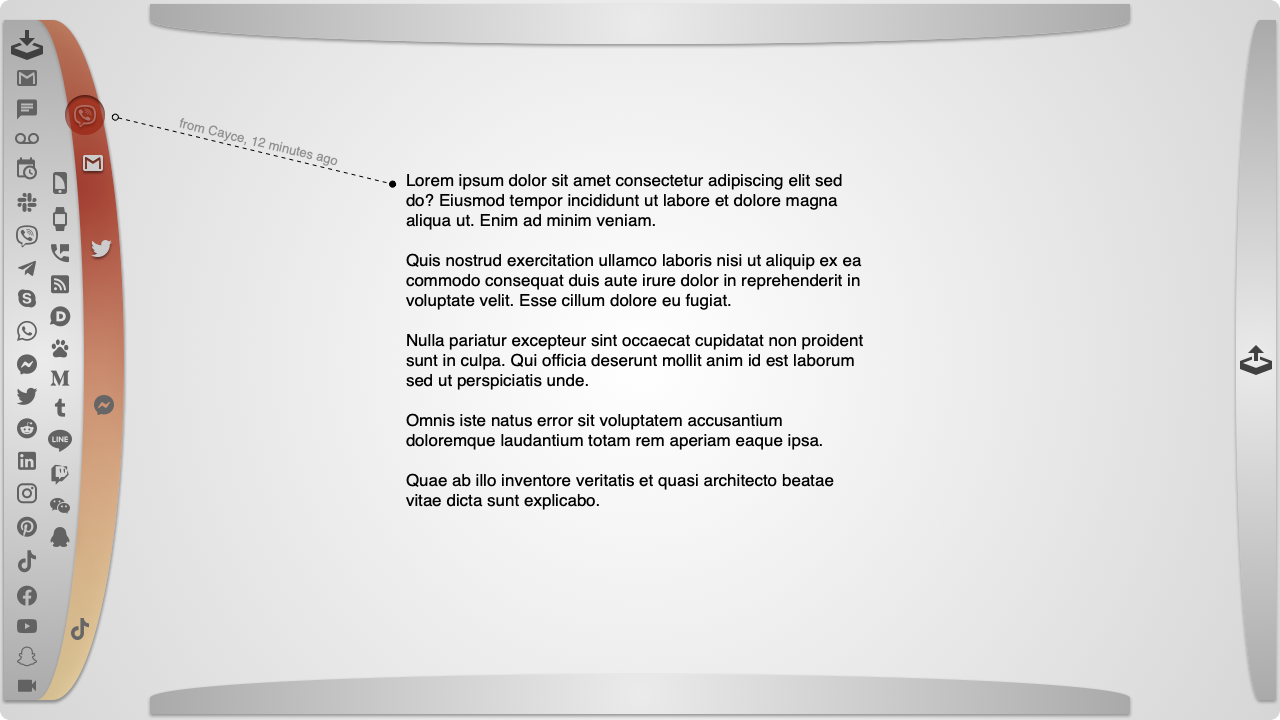
At this point this incoming message requires your attention. It can be summarized, but the key point is that a decision needs to be made:
- do you act upon it, file it or dismiss it?
I did not get very far with this concept back then.
But now that I'm seeing it in a Google backed product with all the built in AI capabilities, I'm thinking:
the time has arrived
Maybe the initial information overload issue will also be solved by AI?
What do you think?




